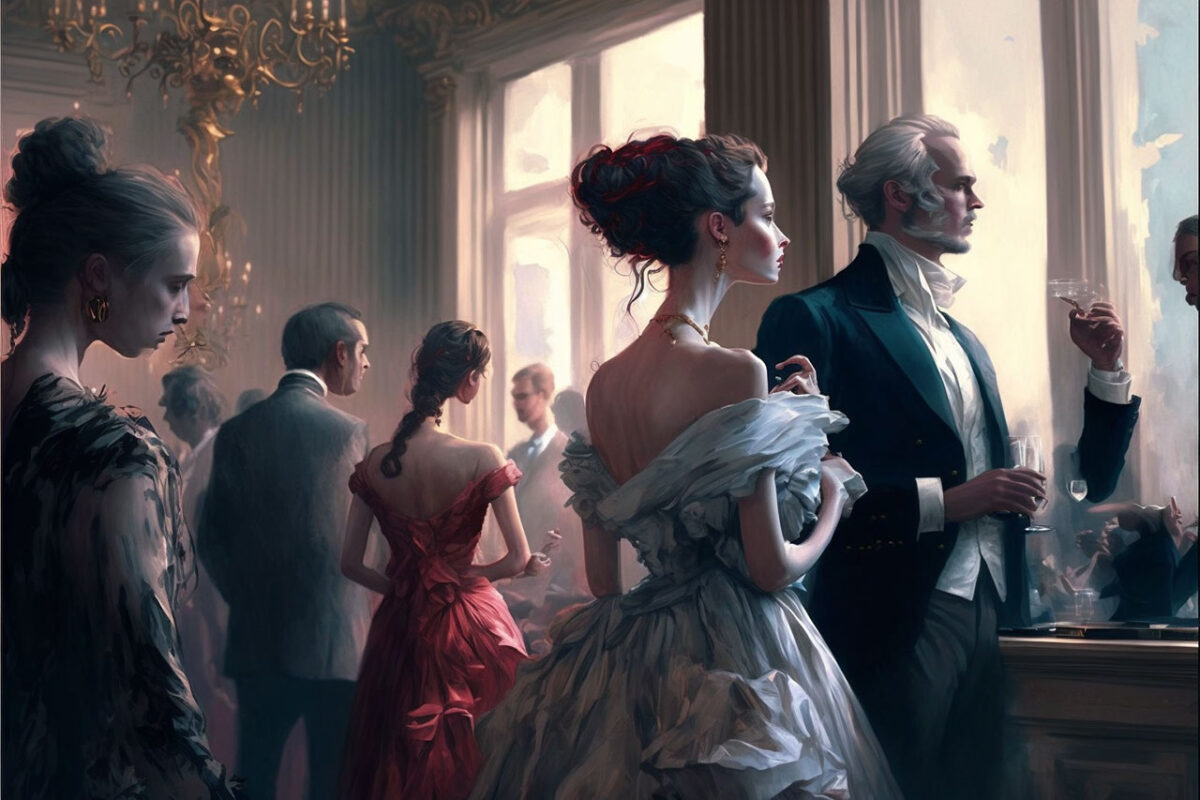Art has always been a mirror of society, reflecting its fears, its hopes, its joys, and its sorrows. At the same time, it has also been a force that has shaped and influenced society, as artists use their talents to challenge the status quo and to speak truth to power.
In many ways, art is a powerful tool for social justice and activism. It can be used to raise awareness about important issues, to challenge oppressive systems and ideologies, and to inspire change.
One of the most powerful ways that art can be used for social justice is through the creation of political art. This can take many forms, from protest posters and graffiti to performance art and music. Political art often uses powerful imagery and words to make a statement, and it can be especially effective at reaching a wide audience and inspiring action.
Art can also be used to tell the stories of marginalized and oppressed communities, giving a voice to those who may not otherwise have one. Through art, these stories can be shared with a wider audience, helping to build empathy and understanding and to create a sense of connection and commonality.
In addition to its role in social justice and activism, art can also play a more subtle but no less important role in society. It can provide a space for self-expression and creativity, helping individuals to find their own voice and to connect with others. It can also be a source of beauty and inspiration, lifting the spirits and enriching the lives of those who experience it.
In short, art has the power to both reflect and influence society, and it has an important role to play in social justice and activism. Whether through political art, the telling of marginalized stories, or simply the power of self-expression and beauty, art has the ability to inspire change and to make the world a better place.
